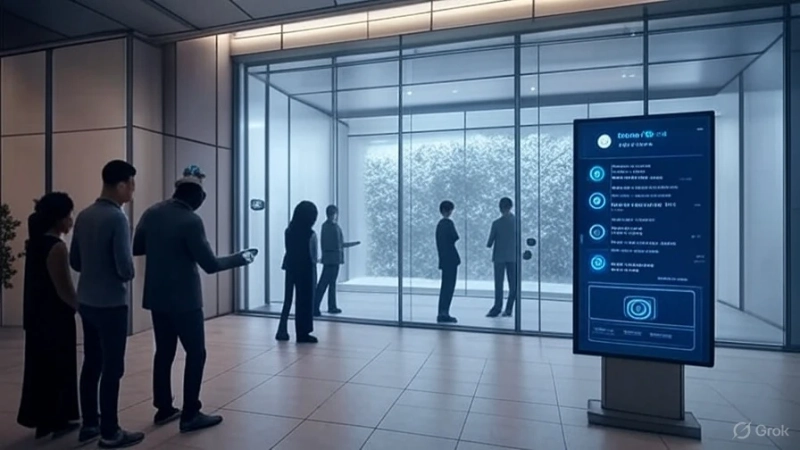In an era where workplace safety and operational efficiency are paramount, businesses are increasingly turning to AI-powered access control systems to safeguard their environments. These smart systems leverage artificial intelligence to not only restrict unauthorized entry but also offer a host of advantages that go far beyond traditional security measures.
The Shift from Traditional to Intelligent Access Control
Conventional access control systems — such as keycards, PINs, and even biometric scanners — have served their purpose for years. However, they come with limitations, including vulnerabilities to duplication, hacking, and human error. AI-powered access control systems, on the other hand, bring in automation, real-time decision-making, and adaptive learning to redefine how organizations approach security.
With AI, these systems can analyze patterns, detect anomalies, and respond faster than any human-controlled operation. This shift from reactive to proactive security ensures threats are identified before they escalate, making workplaces significantly safer.
Key Benefits of AI-Powered Access Control Systems
1. Enhanced Identity Verification
One of the standout features of AI in access control is its ability to integrate with advanced facial recognition technologies. Unlike older facial recognition systems, AI-enhanced ones can distinguish subtle facial traits even in low-light conditions, with masks or glasses, and across varying angles. This results in faster, more accurate identity verification, reducing the risk of impersonation or credential theft.
2. Real-Time Threat Detection
AI algorithms continuously learn and adapt based on user behavior. If a system detects unusual activity — like a person attempting to enter a restricted area at an odd hour or tailgating behind another employee — it can instantly alert security personnel or trigger automated lockdowns. This real-time monitoring and alert mechanism provide a crucial layer of defense against internal threats and unauthorized access.
3. Touchless Entry for Health and Hygiene
The recent global health crisis has made contactless solutions more relevant than ever. AI-powered systems support touchless entry through facial recognition, mobile credentials, and gesture-based commands, reducing physical contact and the spread of germs in shared workplace environments.
4. Data-Driven Access Control
These intelligent systems collect and analyze data to provide actionable insights. From employee movement patterns to high-traffic access points, facility managers can optimize workspace design, resource allocation, and even emergency evacuation protocols. The ability to visualize and interpret this data through AI-driven dashboards empowers organizations to make informed security decisions.
5. Integration with IoT and Building Management Systems
AI-powered access control can seamlessly integrate with other smart building technologies, such as surveillance cameras, HVAC systems, and IoT devices. For instance, when an employee enters a particular zone, the system can automatically adjust lighting or temperature preferences. This not only enhances comfort and energy efficiency but also ensures that building resources are allocated only when required.
Applications Across Industries
From corporate offices and co-working spaces to manufacturing plants and healthcare facilities, AI-enabled access control systems are becoming industry-agnostic. In highly regulated environments such as pharmaceuticals or data centers, these systems help meet compliance standards by maintaining digital logs of every access attempt and ensuring only authorized personnel can enter sensitive areas.
Challenges and Considerations
While the benefits are numerous, it’s important to address challenges such as privacy concerns, data security, and system integration costs. Organizations must ensure compliance with data protection regulations and clearly communicate how employee data is used and stored. Collaborating with experienced AI and security solution providers can help navigate these hurdles effectively.
The Future of Workplace Security
As cyber-physical threats continue to evolve, AI-powered access control systems will play a central role in creating intelligent, adaptive, and secure workplaces. With continuous advancements in machine learning and computer vision, these systems will only become more capable, predictive, and intuitive.
Businesses that invest in these next-gen security solutions today are not only safeguarding their assets but also laying the foundation for a smarter, more resilient workplace tomorrow.



